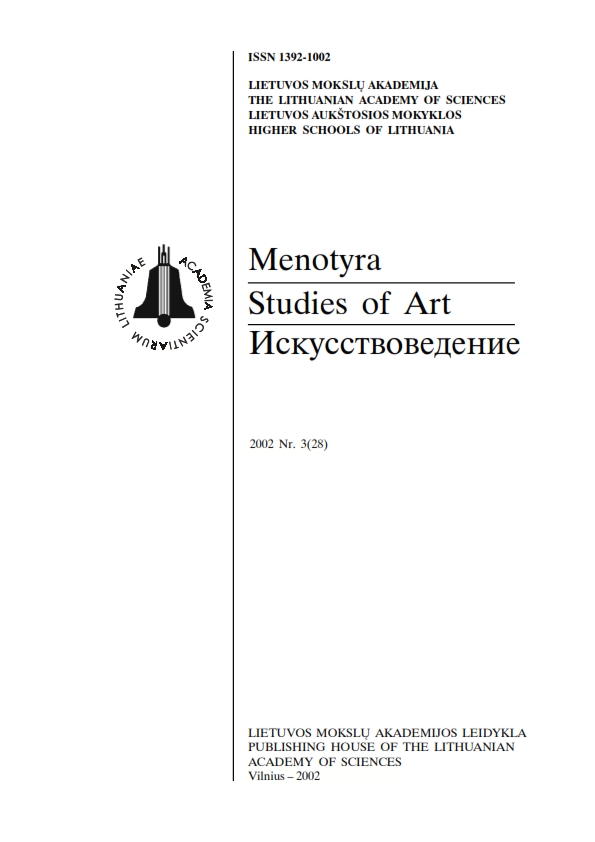Vieno pabūklo istorija
The story of one cannon
Author(s): Gražina Marija MartinaitienėSubject(s): Cultural history, Museology & Heritage Studies, Visual Arts
Published by: Lietuvos mokslų akademijos leidykla
Summary/Abstract: In the course of widening and deepening studies into Lithuanian historical art, scientists more and more often address the areas that previously have been ignored for various reasons. One of such areas is Lithuanian armament, the research of which was hardly possible during the Soviet times, inter alia, due to the limited access to foreign archives and library repositories. Now, when these become accessible, it is possible to recapture, at least roughly, the picture of Lithuanian historic armament not only from the technological, but also from the artistic point of view.The article of G. M. Martinaitienė deals with the artistic features of one cannon and the complicated, illustrative story of its survival and salvage. The cannon, attributable to the category of the big falconets, is now exhibited in the park of Museum Wojska Polskiego in Warsaw, though it was founded in 1631 in Vilnius, and its author Jonas Breutelt was the first truly Vilniusite founder, who worked in the local royal Foundry for several decades. J. Breutelt founded the cannon on the order of Duke Viśniowecki for the Zabierz Castle of the former Grand Duchy of Lithuania (now Belarus). The castle was blasted during the war with Sweden, and the work of J. Breutelt, together with another cannon, lay in the Jasiolda River. It was fished out only in the beginning of the 20th century, and the story how it got into the museum is rather intricate.As a piece of art, the work of the Vilniusite master first of all attracts one's attention for its expressive form, perfectly matching and revealing the purpose of the weapon. Nevertheless, its stylish Renaissance ornamentations decorating some parts of the tube deserve special attention. A complex heraldic composition (National Emblem with the heraldic signs of Lithuania, Poland and Vaza house), cartouche with a signature of the author and the inscriptions on both components play not only an informative, but also a decorative role. The plastic characteristics of all these parts are analysed.The arguments of the article are illustrated by the impresses of the decor of the work by J. Breutelt.
Journal: Menotyra
- Issue Year: 2002
- Issue No: 3(28)
- Page Range: 46-50
- Page Count: 5
- Language: Lithuanian

